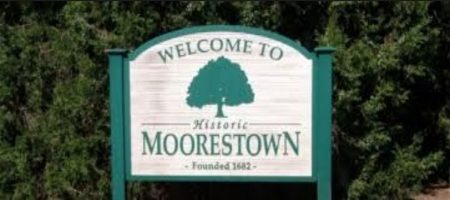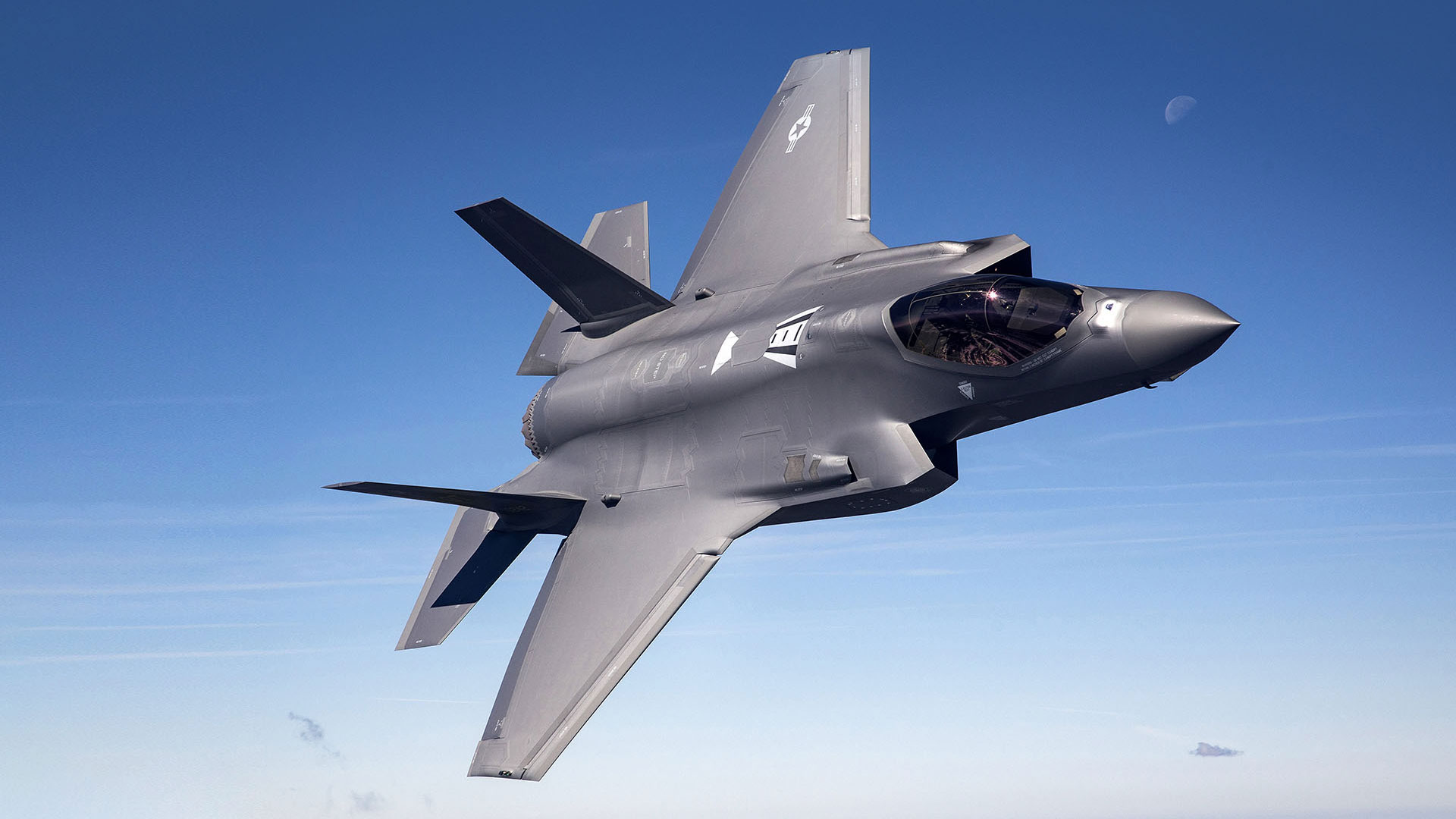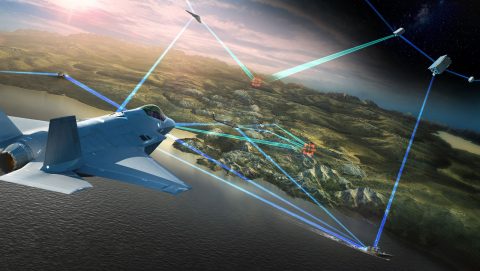History
In 1993, Martin Marietta, a predecessor to Lockheed Martin, purchased the facility from General Electric.
- During its history, the site used chlorine-based solvent chemicals in metal parts cleaning operations. The stie also stored fuel oil in underground storage tanks to feed the boilers..
- In 1987, when the site was acquired by GE from RCA, traces of the chlorine-based chemical solvents and fuel oil were found on-site in the soil and groundwater.
- Immediately upon discovery, a plan to mitigate the impact of those constituents to soil and groundwater was developed in coordination with the New Jersey Department of Environmental Protection (NJDEP).
Clean - Up
Sampling conducted under the direction of NJDEP over the next two years identified 15 areas of concern (AOCS) at the site, six of which did not require further action.
- A clean-up plan was submitted to the NJDEP and approved in 1992.
- In 1994, treatment systems were installed to mitigate constituents in the on-site soil and groundwater.
- Because of recent studies of the potential for vapor intrusion (the potential for volatile organic compounds in groundwater to affect the quality of indoor air) to occur under certain circumstances, Lockheed Martin expanded its remediation efforts in 2007 to include vapor-intrusion testing in cooperation with the NJDEP.
Today
Lockheed Martin continues to evaluate the environmental conditions at the site to ensure that impacts from groundwater are promptly mitigated.
See the Moorestown Fact Sheet September 2019 for more information
Documents

Moorestown, New Jersey
Community Information
If you have questions, please contact Lockheed Martin Communications.
lm.communications@lmco.com
800.449.4486
Moorestown Factsheet Sept 2019Moorestown Document Archive
Timeline
1954 - The facility located at 199 Borton Landing Road in Moorestown, NJ was opened by GE
1975 - Existing fuel oil storage tanks were closed
1986 - The site installed two new tanks made of double-walled fiberglass with leak sensors
1987 - Traces of the chlorine-based chemical solvents and fuel oil were found on-site in the soil and groundwater
1992 - A clean-up plan was submitted to the NJDEP and approved
1993 - Martin Marietta, a predecessor to Lockheed Martin, purchased the facility from GE
1994 - Treatment systems were installed to mitigate constituents in the on-site soil and groundwater
1995 - The perimeter remediation system has been starts actively removing TCE and other constituents from shallow groundwater
March 2002 - NJDEP approved and established a groundwater Classification Exception Area (CEA) and Well Restriction Area (WRA) for the onsite and offsite groundwater impacts
2007 - Lockheed Martin has assessed the potential for vapor intrusion conditions at 52 properties in the area. No further assessment is required at the properties assessed and none of the sampling results have triggered the need for vapor mitigation systems.
2030 - The CEA and WRA are expected to end



